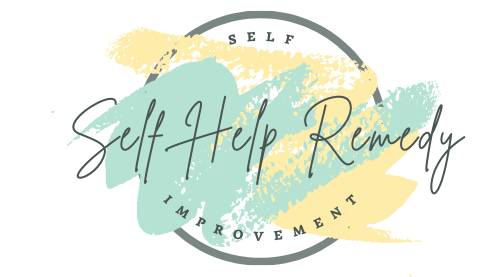Is Hoarding A Mental Health Disorder?
When you walk into a room filled wall-to-wall with newspapers dating back decades, or find a living space where every inch is covered with various items, some might simply see an extreme collector. But there is more to the story. Hoarding is not just about having lots of stuff. It is a serious mental health condition, officially recognized in the Diagnostic and Statistical Manual of Mental Disorders, Fifth Edition (DSM-5).
Unlike a cluttered garage or a robust stamp collection, hoarding disorder involves persistent difficulty discarding items regardless of their actual value. This difficulty is due to a perceived need to save the items and the distress associated with parting with them. You might wonder, when does holding onto memorabilia become a disorder? The line is crossed when the behavior causes significant distress or interferes with daily functioning.
The psychological roots of hoarding are complex and varied. Some people may hoard because of an intense emotional attachment to objects, seeing them as indispensable memories or irreplaceable tokens of their personal history. Others might hoard out of a fear of losing something important, leading to accumulation that spirals out of control. An additional factor can be anxiety; the thought of throwing something away might trigger discomfort so intense it is easier just to keep everything.
As we transition to exploring how a person becomes a hoarder, it is crucial to understand that the causes are multifaceted. Individuals don’t choose to struggle with this disorder any more than someone would choose any other mental health issue. In the following section, we will delve into the factors that contribute to someone becoming a hoarder, recognizing that it is a gradual process that involves many layers of emotional and cognitive challenges.
The Road to Hoarding: Causes and Development
Someone does not become a hoarder overnight. It is a complex process, influenced by various psychological and environmental factors. Understanding these can help us better support those facing this challenge.
Genetic predisposition, brain chemistry, and past experiences often play significant roles in the development of hoarding behavior. Stressful life events like the death of a loved one, divorce, or eviction can also trigger or exacerbate hoarding tendencies.
Hoarding usually starts small, perhaps with holding onto items for sentimental reasons or because of the fear they might be needed in the future. As time goes on, the person may find it increasingly difficult to part with possessions, leading to clutter that steadily grows and becomes overwhelming.
It is important to recognize the warning signs of hoarding, such as persistently refusing to discard items, severe clutter impeding daily activities, and distress or impairment in functioning. Early recognition can lead to timely help and potentially prevent more severe outcomes.
Most people start hoarding during their teenage years, but it often does not become problematic until adulthood. The behavior tends to worsen over time, especially without intervention, and can result in a living space that poses health and safety risks to the individual and others.
The Legal and Ethical Dimensions of Hoarding
Hoarding extends beyond a personal issue; it straddles the line of social and legal concerns as well. It is crucial to correct the common misbelief that hoarding itself is a crime. Ordinarily, no laws are breached by merely accumulating items. However, when hoarding interferes with a person’s ability to function or creates unsafe conditions, this is where legal implications can arise. Regulations are in place to maintain health and safety standards, and severe cases of hoarding may violate these, resulting in legal action, typically focusing on resolving the health and safety concerns rather than penalizing the individual.
In examining potential legal consequences, we encounter scenarios where hoarding endangers the hoarder or others – think blocked exits in a fire, structural damage due to excessive weight, or health hazards from decay. It is these extreme cases that might prompt intervention by authorities. The goal in these interventions is not to punish, but to protect all involved and aid the hoarder in achieving a safer living environment.
Finally, it is imperative to dismantle the notion that hoarding is a form of idolizing objects. This oversimplification overlooks the complex psychological factors at play. Hoarders often assign emotional value to their possessions, viewing them as safeguards against loss or embodiments of memories. It is empathy, not judgment, that offers a clearer picture and a path forward. Mental health professionals recognize that effective treatment for hoarding requires an understanding of these emotional drives and a compassionate approach to helping individuals rebuild healthier relationships with their possessions and their environment.



